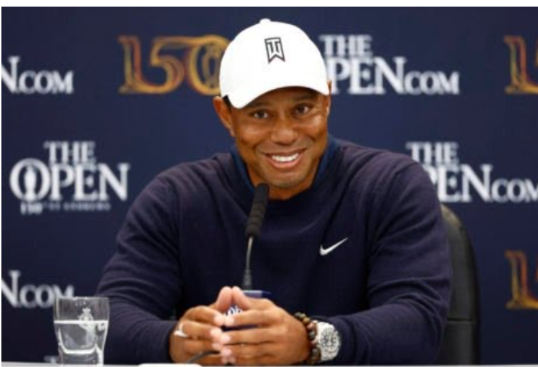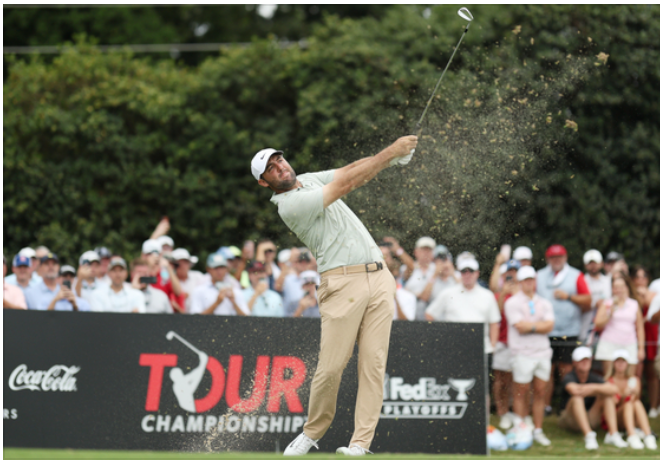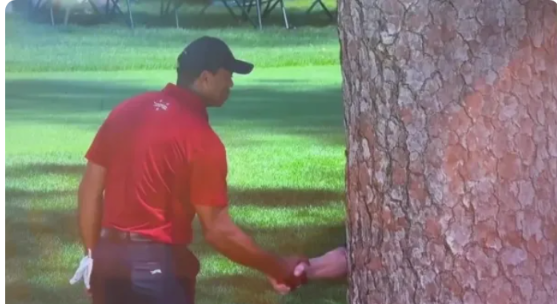Tiger Woods’ Comeback: A Glimpse into Golf’s Future and a Player’s Power Play
As the holiday season unfolded, golf enthusiasts received a gift wrapped in anticipation and hope: a relatively healthy Tiger Woods. Woods embarked on his 2023 journey at Riviera, showcasing both promise and vulnerability with a T45 finish. The Masters followed, where he made the cut but withdrew, leading to the revelation of subtalar fusion surgery,…
As the holiday season unfolded, golf enthusiasts received a gift wrapped in anticipation and hope: a relatively healthy Tiger Woods. Woods embarked on his 2023 journey at Riviera, showcasing both promise and vulnerability with a T45 finish. The Masters followed, where he made the cut but withdrew, leading to the revelation of subtalar fusion surgery, shrouding his future in uncertainty.
However, true to his resilient nature, Woods returned to competitive golf at the Hero World Challenge in the Bahamas. Though he only outperformed two golfers, his ability to complete all four rounds without issue suggested that his lack of competitiveness might be more rust than inability.
The annual State of the Union press conference, typically held at the Hero, was a moment of deja vu, reminiscent of past comebacks. What stood out this time was the noticeable change in Woods, who exuded optimism about his playing future, a contrast to previous years.
A significant shift was evident in Woods’ Tuesday press conference. The first question delved into financial matters, revealing an increase in the Hero World Challenge purse. Yet, the notable change was Woods’ newfound optimism, emphasizing a rosier outlook for his return to golf.
Woods attributed his decision to return to a successful stint caddying for his son Charlie, highlighting his enjoyment of the role. Discussing his recovery from subtalar fusion surgery, Woods revealed the absence of the pain he experienced at Augusta, signaling the success of the surgery.
The big revelation came when Woods shared his plans for the upcoming year. Expressing optimism about his ability to play regularly, he hinted at a schedule that included a tournament per month, a stark contrast to his limited starts in the past three years.
Beyond his golfing comeback, Woods unveiled a different facet of himself. He asserted his power and influence, expressing frustration at being excluded from discussions regarding the PGA Tour’s framework agreement with the Saudi Public Investment Fund. Woods detailed steps taken to ensure his involvement in future decisions, including joining the Policy Board.
As the professional golf landscape undergoes potential transformations, Woods emphasized the need to protect the integrity of the Tour while securing favorable conditions for players. He acknowledged the uncertainty surrounding the future, with various options on the table.
The most revealing moment came when Woods discussed Rafael Nadal’s comeback, offering insight into his own mindset. Reflecting on Nadal’s resilience and competitive spirit, it became evident that Woods, too, seeks appreciation for his contributions to the game.
In a sport where time is both an adversary and a companion, Tiger Woods continues to navigate comebacks, not just on the golf course but in the corridors of power within the PGA Tour. As he strives to strike a balance between competition and influence, Woods remains a compelling figure in the evolving narrative of golf.






